Switzerland sets ‘gold standard’ for designing bunkers
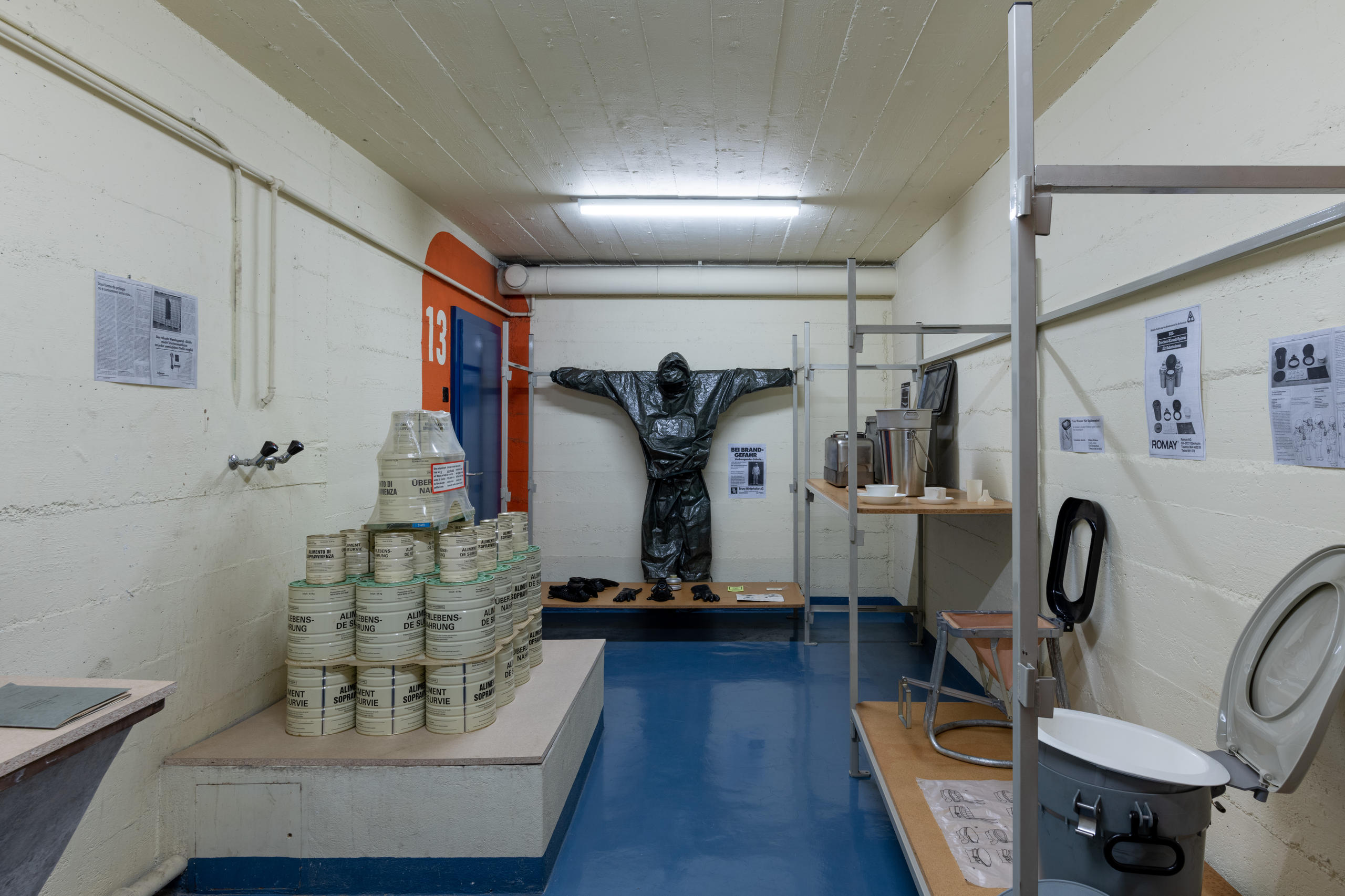
Switzerland has gained a strong reputation since the Cold War for building and equipping underground bomb shelters. In the past this expertise even attracted the attention of dictators such as Colonel Gaddafi and Saddam Hussein.
By law, each person in Switzerland is entitled to a place of shelter underground – one square metre per person, to be exact. It is the only country in the world that has such a law, which was enacted in 1962. This political will, spurred by the fears raised by the atomic bombings of Hiroshima and Nagasaki and, above all, the uncertainty of the Cold War years, led to the creation in 1963 of the Federal Office for Civil Protection, whose task is to enforce the obligation to build civil defence shelters, or bunkers.
This idiosyncrasy – which drew attention over the past year due to the war in Ukraine – has earned the country a global reputation. Over the years, some dictators have even called on Swiss companies to build or equip their air-raid shelters.
“During the popular uprising in Libya in 2010, the Al-Jazeera TV channel followed demonstrators into one of Colonel Gaddafi’s villas in Al-Baïda, where they filmed a bunker with a ventilation system entirely fitted by a Swiss company,” says Iskander Guetta, one of three curators behind an exhibitExternal link on underground shelters that ran in Lausanne this spring.
This anecdote is drawn from an essay entitled Switzerland’s Rise to Global Bunker Expertise in the Atomic Age, by Silvia Berger Ziauddin, a professor of contemporary history at the University of Bern. Based on press articles, her text relates how Swiss companies also operated in Iraq from the 1980s, during Saddam Hussein’s rise to power.
Swiss companies export their know-how

These companies also occasionally worked on military infrastructure, including underground hospitals and shelters designed for tens of thousands of people.
“Potentates like Gaddafi and Hussein relied not only on Swiss companies for their shelter projects, but also on firms from various other countries. The Finns and Germans, for example, were also very active in the region,” writes Berger Ziauddin, whose research focuses on Switzerland during the Cold War and, specifically, on civil defence shelters.
Nonetheless, by exploiting the fear of the Cold War and a potential nuclear conflict, tiny Switzerland gradually set the “gold standard” for bunker design and technology. “Construction guidelines and technology transfers [with the United States in particular] launched the Swiss bunker on a successful career worldwide,” Berger Ziauddin writes.
The know-how exported by Swiss companies around the world has been rather good for business, according to the professor: “To this day, Swiss design specifications for both private and public shelters represent the global benchmark, and Swiss products dominate the bunker technology and accessories market.”
Huge financial investment
Since 1962, nearly CHF12 billion ($13.2 billion) have been spent on building nuclear shelters in Switzerland. Most of them are privately-owned structures found in the basements of apartment buildings or single-family homes. The cantonal and municipal authorities are in charge of ensuring the construction and maintenance of these shelters. Surprisingly, though, official policy varies from canton to canton.
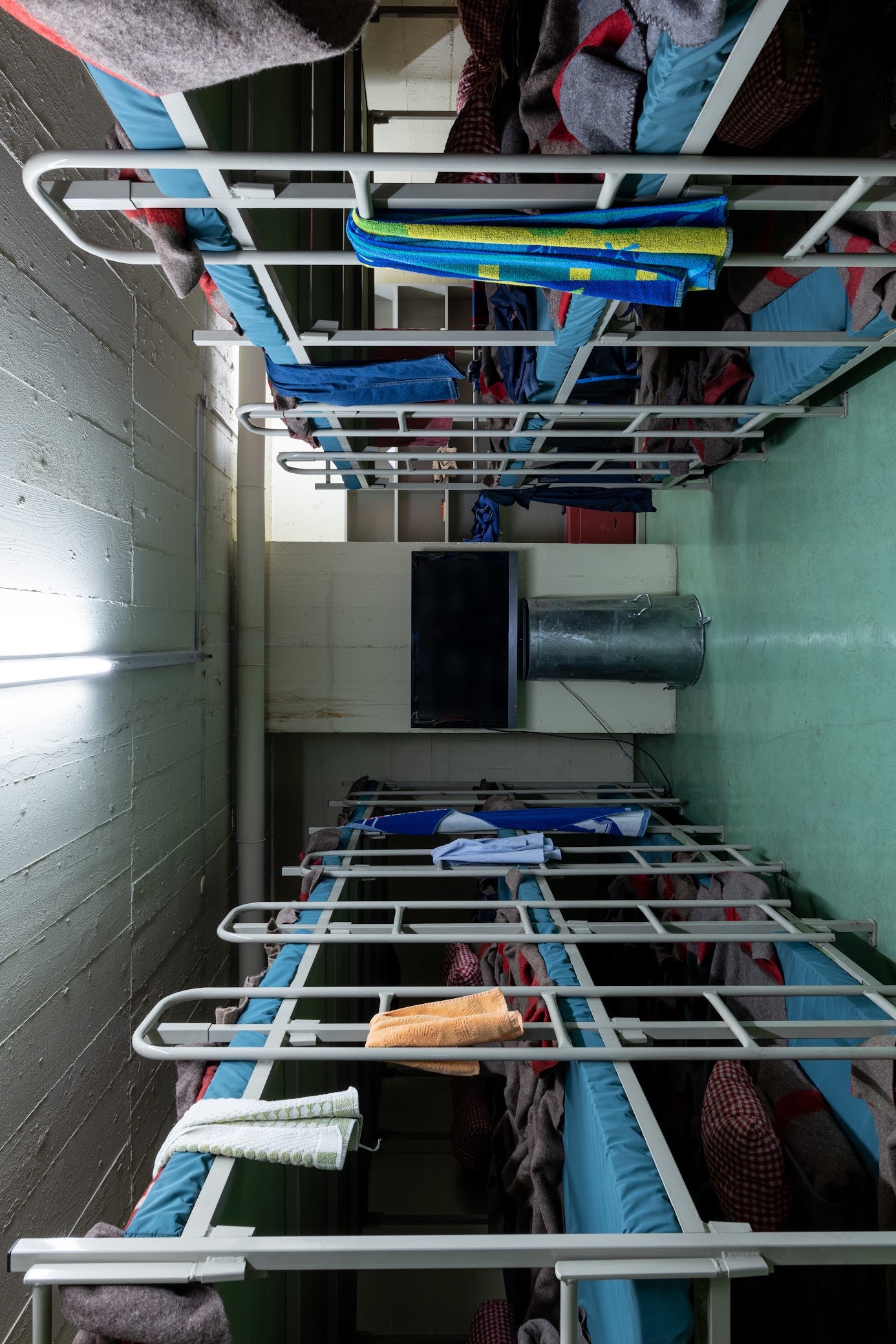
“Fribourg, for instance, has 100% public shelters, whereas in the canton of Appenzell Inner Rhodes, it is quite the opposite: there, every home has its own shelter,” the exhibition curator Guetta explains.
According to the Federal Office for Civil Protection, at the end of 2022 Switzerland had some 9.3 million spots in nearly 370,000 shelters – including 9,000 public bunkers – for around 8.7 million inhabitants. This corresponds to a coverage rate of 107%. There are, however, disparities, as five cantons, have less than 100% coverage.
In early May, the Federal Office for Civil Protection announced the phasing out of small sheltersExternal link (with up to seven places) in favour of larger, mainly public, spaces. One of the reasons given for this was the obsolescence of the ventilation systems, which are already over 40 years old and are no longer being manufactured. This decision will affect some 100,000 structures, with a capacity of 700,000 places, says Andreas Bucher of the civil protection office.
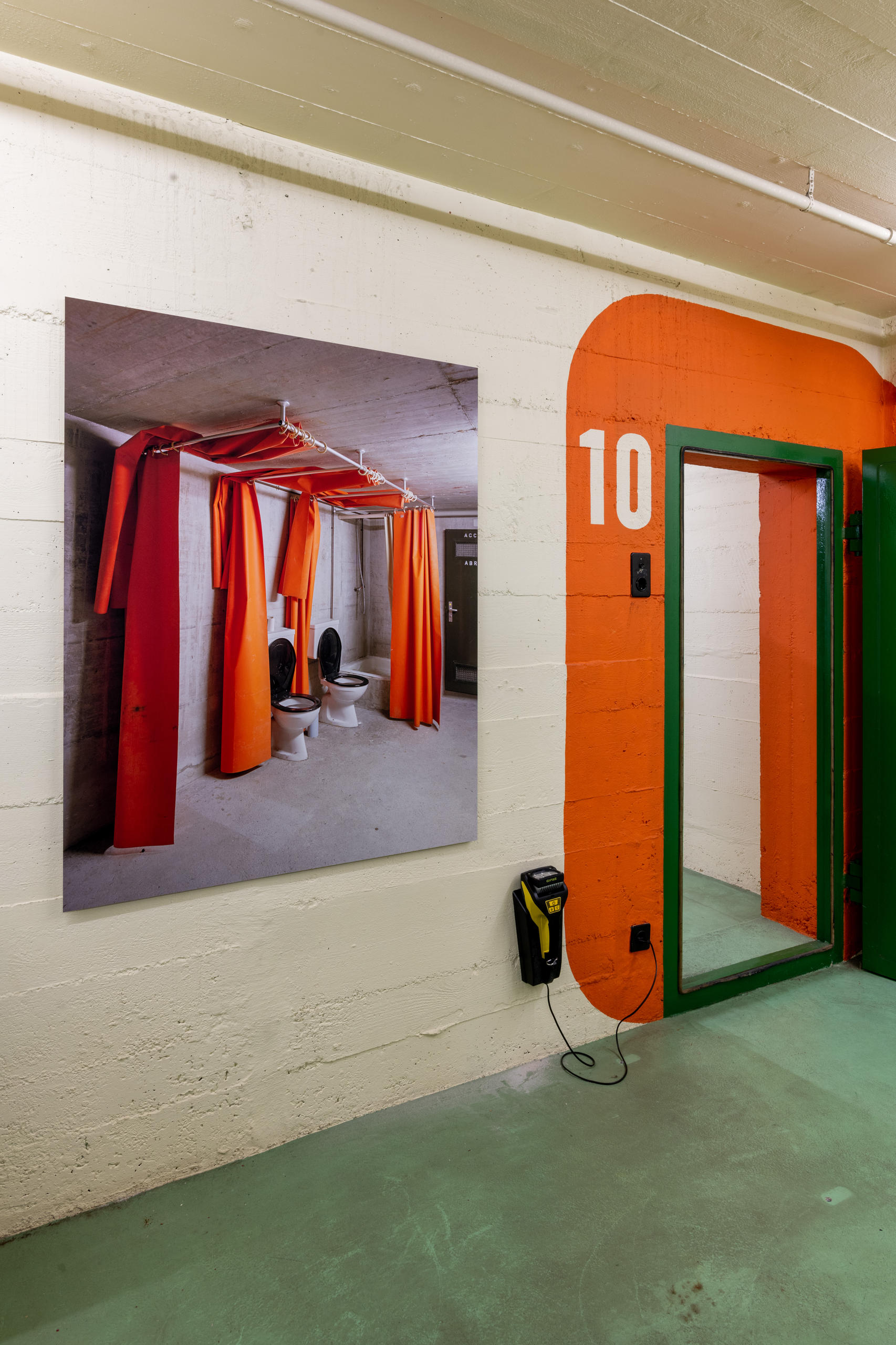
But there is no cause for concern for the fate of these small shelters, which have always been put to good use other than preparing for the threat of armed conflict. They are often repurposed as storage or DIY rooms, wine cellars, and even living rooms. As for the public shelters, which can accommodate between 300 and more than 5,000 people, authorities are still considering alternative uses.
“These are very large spaces that are generally not used,” says Guetta. “This is the case of the Beaulieu shelter in Lausanne, the largest in the region with 3,048 spaces, and which is completely empty. How can it be put to good use?”
Leisure areas
The choice of venue for the Lausanne exhibition was no accident: the bunker under the former Post Office building by the city’s railway station has been frozen in time since it was built in the 1960s.
“We found old newspapers and notes from a technical inspection dating back to that time,” says Guetta, who is a designer by training. To make the exhibition even more realistic, the curators brought in huge tins of survival food from another shelter in Vaud canton. “We don’t know what’s in them. And there’s no expiry date…”
These public shelters undeniably have potential. Some municipalities clearly realised this and have long since made them available as changing rooms or rehearsal spaces for village clubs and associations. Some shelters are being used to store cultural goods. Others have found an unexpected new lease of life: in Zurich, one bunker houses a church.

“In canton Ticino, a shelter has been turned into a climbing gym,” says Guetta. “And in Locarno, the organisers of the annual international film festival store their movies [in a shelter]. Elsewhere, these spaces are being used as mini-golf courses and shooting ranges or for social gatherings. Another very common use is as recording rooms: the acoustics there are excellent.”
Temporary accommodation for asylum-seekers
For decades the State Secretariat for Migration (SEM) has used different types of accommodation, including underground civil protection shelters, to temporarily house asylum-seekers. In principle the shelters are used only when no other option is available.
“As far as possible, the people placed in underground facilities are the ones who get a decision [on their application] quickly,” says Samuel Wyss, a spokesperson for the SEM.
In 2013, the Federal Court ruled that the living conditions in an underground shelter were not inhumane or degrading, provided it is not a long-term arrangement and that there are other places where migrants can spend their waking hours. But the exhibition’s curators view the use of the bunkers to house migrants as problematic.
“Some of those housed there have told us how upsetting they find it to be living underground, hidden away from view. These are dark spaces that just exacerbate the suffering they have gone through since leaving their homes,” says Guetta.
Edited by David Eugster. Translated from French by Julia Bassam/gw.
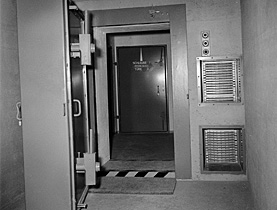
More
Bunkers for all

In compliance with the JTI standards
More: SWI swissinfo.ch certified by the Journalism Trust Initiative









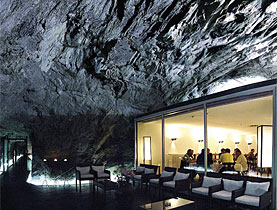

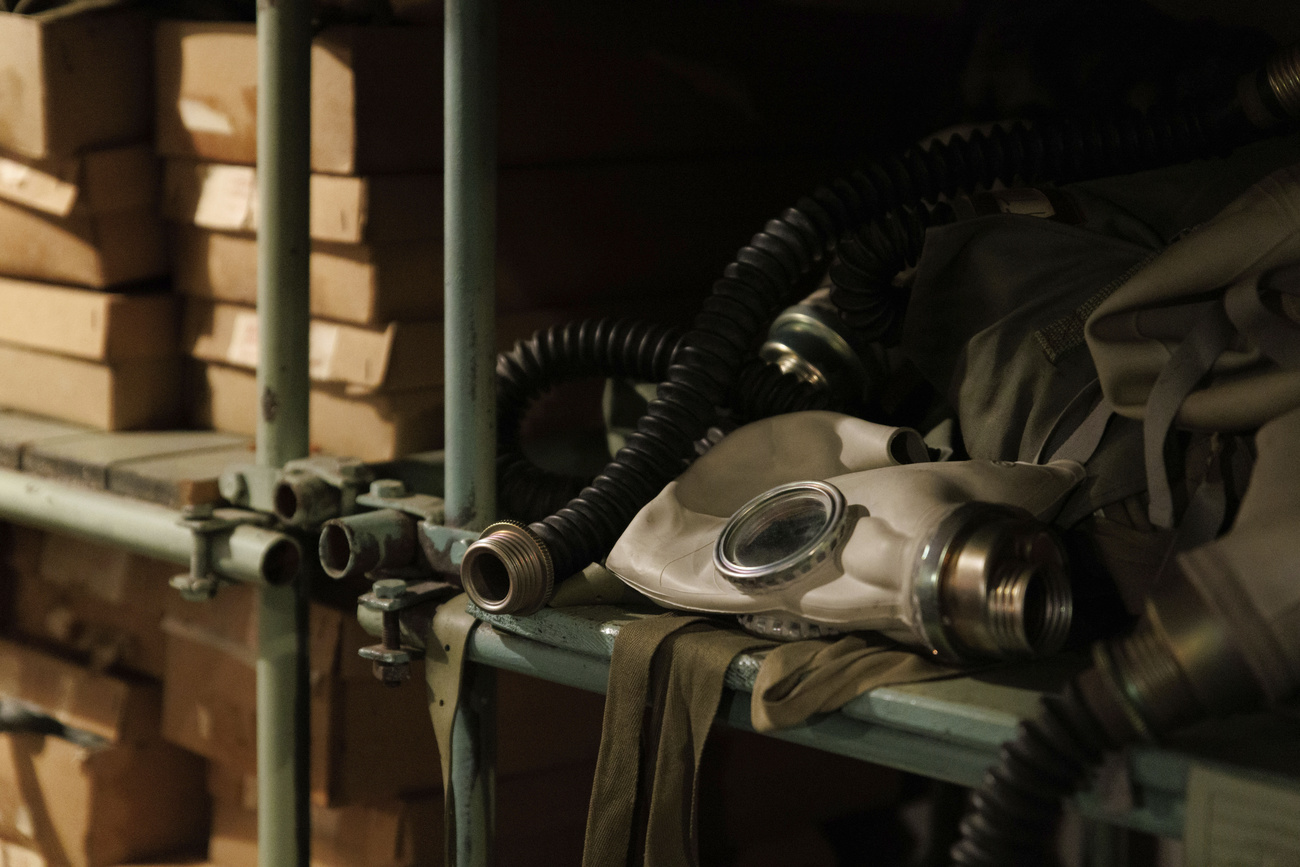
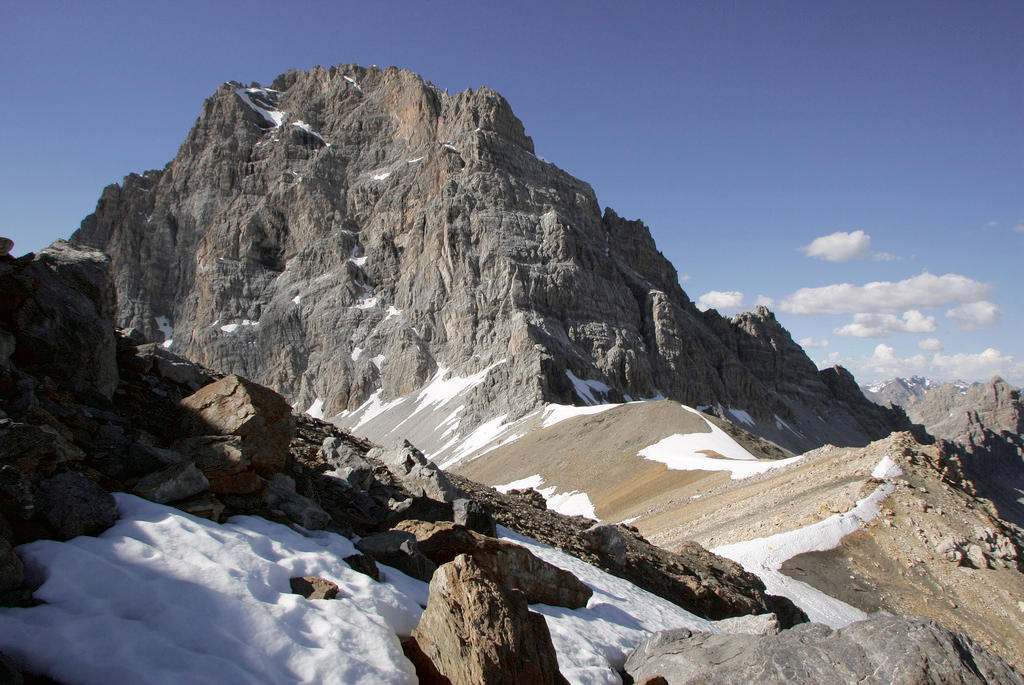

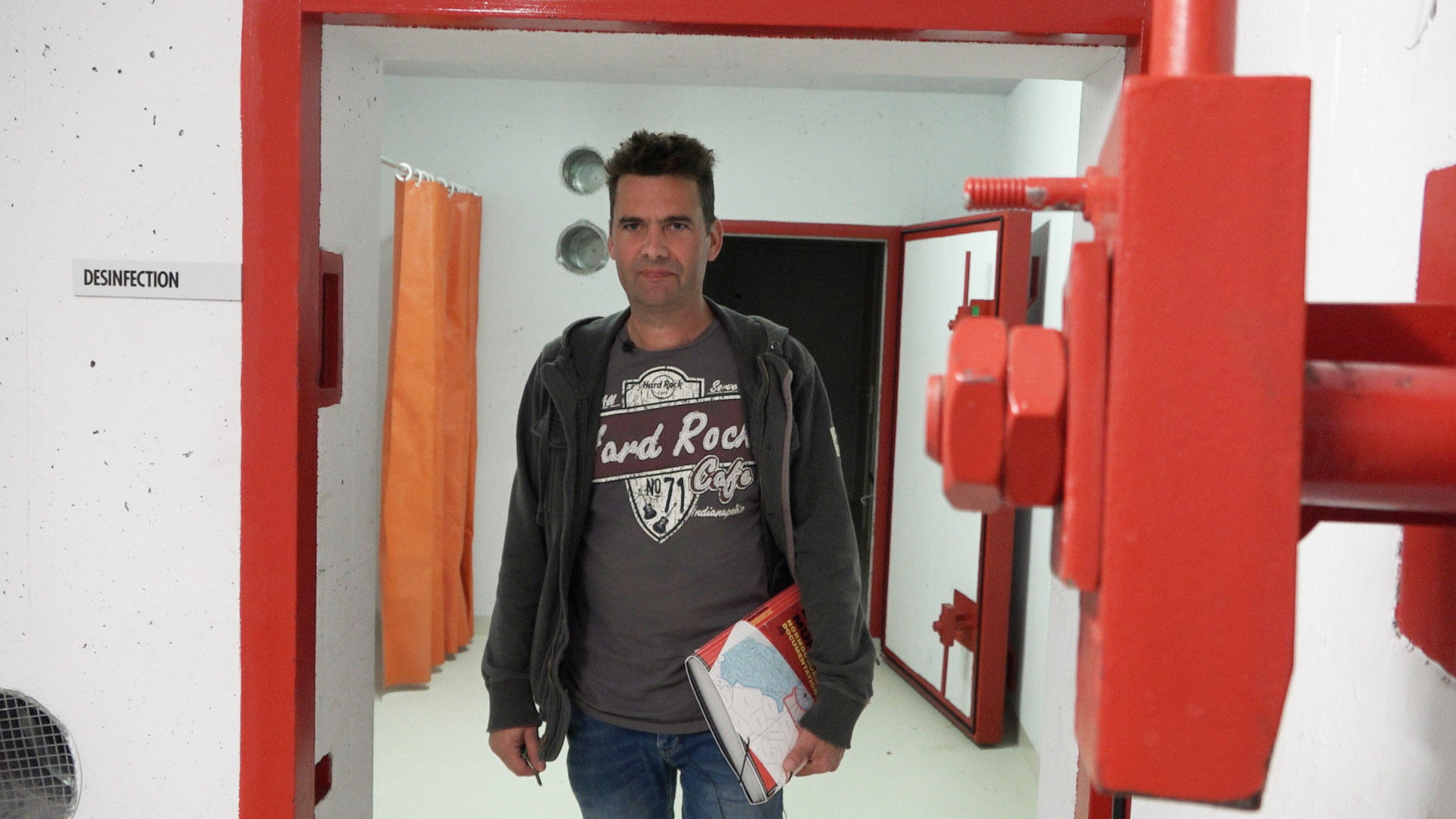
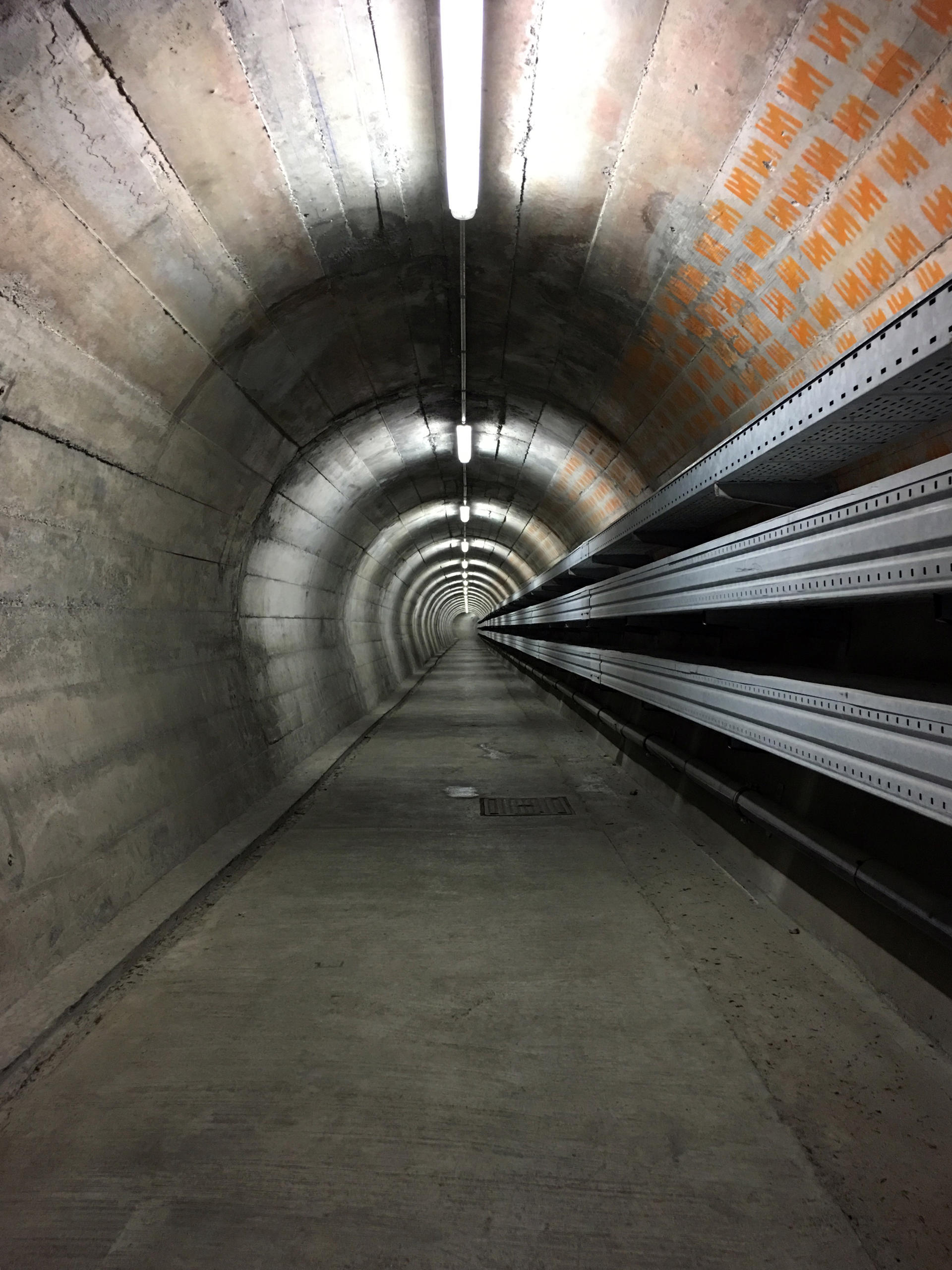
You can find an overview of ongoing debates with our journalists here . Please join us!
If you want to start a conversation about a topic raised in this article or want to report factual errors, email us at english@swissinfo.ch.